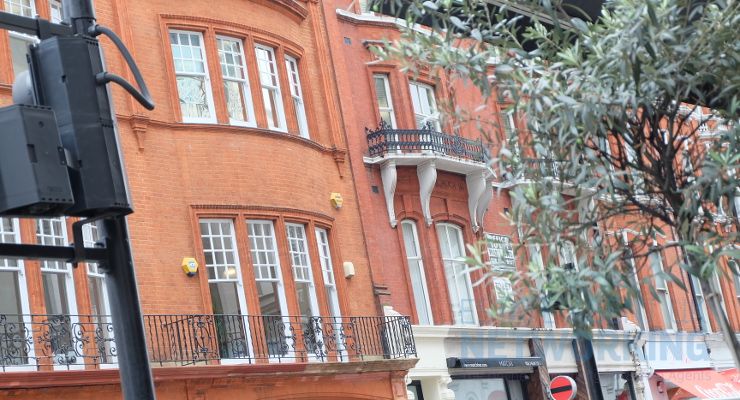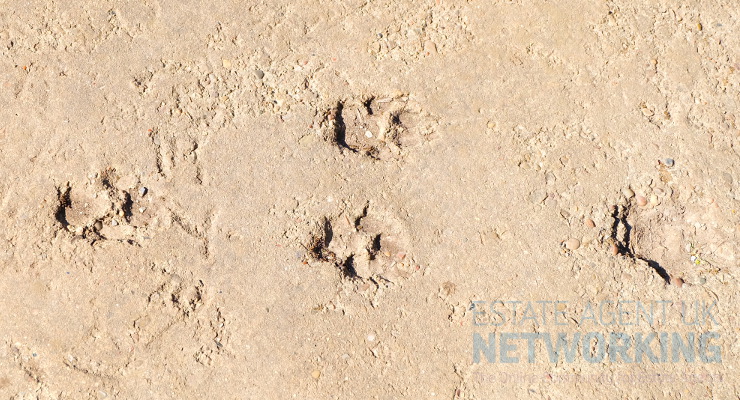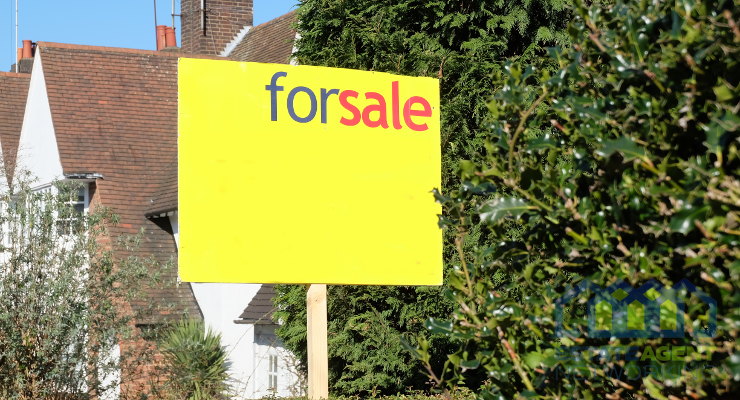Does landlord insurance cover malicious damage?
If a tenant intentionally damages a client’s property, money can be taken from the deposit to pay for repairs. But what if the deposit isn’t enough? Is the landlord covered through their landlord insurance for malicious damage?
It depends. Some types of malicious damage to a property itself would be covered in landlord insurance under the building insurance aspect of the policy. And some malicious damage to contents could be covered under contents insurance, if this add-on was purchased.
However, according to NimbleFins, while landlord insurance may cover malicious damage by trespassers, it does not always cover malicious damage by tenants.
Does landlord insurance cover tenant damage?
Tenant damage can be covered by landlord insurance but can come with strict conditions. Accidental damage is usually an add-on to a landlord insurance policy and can be applied to contents insurance, building insurance or both to pay the cost of repair to items the tenant damages by mistake.
However, malicious damage is a little trickier. Malicious damage means harm done with intent. Accidents are not malicious because they were not done on purpose, while malicious damage is a criminal offence. Examples of malicious damage include:
- Kicking a hole in a door.
- Arson.
- Vandalising walls or furniture.
- Trashing a property or furniture.
- Ripping out fitted furniture.
- Smashing a window.
- Purposely flooding a property.
- Building a cannabis farm creating structural damage.
While malicious damage is deliberate, not all deliberate acts are done with malicious intent. Hanging pictures on a wall or cutting down part of a tree to make the property more comfortable are deliberate but not done with malice and may not qualify under insurance terms.
If there is a natural disaster such as a hail storm, given there was no malicious act, you can possibly claim the roof repairs on insurance as the damage was a result of an ‘act of god’.
There are two types of malicious damage – that caused by someone not legally allowed to occupy the property, and that caused by a tenant.
The first is usually covered by both building and contents insurance, and can include former or evicted tenants or squatters who won’t leave the property. However, malicious damage by tenants does not always come as standard.
It can be available as an add-on, but some providers do not offer it at all. Conditions are often set for malicious damage by tenants and some insurers do not offer it for tenants they deem as high risk, such as students.
Can you charge a tenant for damages?
A landlord is able to charge tenants for damages and most decide to do this through deductions to the tenant’s deposit. Some do choose to go through the small claims court, especially if the cost of to sort the damage is more than the deposit, but evidence is needed to win a case.
If the tenant’s neglect causes damage to neighbouring properties they are responsible rather than the landlord. Wear and tear happens in all homes and it is not acceptable for a landlord to charge a tenant for this.
Nor is it right to charge a tenant the full price of replacing an item that was already old or has gone through expected deterioration through the tenancy. Examples of wear and tear include scuffs and marks on walls, faded and worn carpets, curtains and furniture and eroded or mouldy mastic in a bathroom.
But damage is more serious and can be determined as such if it is down to neglect or carelessness, such as pet damage to furniture, holes in walls from hanging pictures, cigarette burns or water damage.
Deposits are legally required to be held in a tenancy deposit scheme and when a landlord deducts money from the deposit the tenant has to agree. If there is a dispute, the scheme’s independent adjudicator will make the final decision.
If a landlord takes out accidental damage insurance or contents insurance, it can claim against the cost of repairing or replacing broken items. Accidental damage is just that, and malicious damage is not covered.
Both these types of insurance are usually extra add-ons to a premium and rarely come as standard.
Does Direct Line landlord insurance cover malicious damage?
Direct Line’s standard landlord insurance covers malicious damage to the building structure and contents, but does have some exclusions, according to its terms and conditions.
Direct Line will not meet a claim if the malicious damage was caused by theft, if the property was vacant, the property is in the open, if the property is not locked, was caused by vandals acting in connection with a political organisation, the ending of work, or if the damage was caused by the tenant, employee or criminal. It will also not honour claims if the malicious damage was due to confiscation, requisition or destruction by order of the government or public authority.
All of these exclusions apply whether the damage was to the building or its contents. Direct Line does offer malicious damage by tenants as an additional extra.
This covers damage by the tenant, their family, or anyone else lawfully on the premises, up to the maximum limit in place for the building or contents policy the landlord has chosen. There is a £500 excess for malicious damage claims.









